By clicking “Accept All Cookies”, you agree to the storing of cookies on your device to enhance site navigation, analyze site usage, and assist in our marketing efforts. Cookies policy
The aim of the Tekniker technology centre is to meet stringent precision and mechanical requirements of the European Spallation Source, a scientific research facility currently under construction in Lund (Sweden).
The European Spallation Source (ESS) is a major multidisciplinary research facility which, once construction work concludes in 2025, will become the world’s most powerful neutron source to address some of society’s most significant challenges.
The Tekniker technology centre has been actively involved in stages related to the design and finalisation of the project. As a supplier of cutting-edge technologies, the organisation must meet stringent requirements in terms of accuracy and mechanical properties specified by the scientific facility for operations under extreme Ultra Vacuum (UV) conditions. Disruptive progress must also be made with regard to research actions related to materials, energy, healthcare and the environment.
More specifically, Design, Manufacturing, Assembling, Automation and Mechanics are the technology centre’s units that were comissioned to design and assemble a system to correctly operate one of the 15 scientific instruments to be installed in the heart of the neutron source.
The 162.5 m long MIRACLES line (one of the largest at ESS) will offer an unprecedented degree of energy resolution for potential applications used to study degenerative diseases or to cover other areas such as pharmacology, magnetism, polymers or energy materials like hydrogen.
ESS-Bilbao
ESS-Bilbao has been commissioned to design and manufacture MIRACLES. This organisation is also one the main partners of the neutron source that operates like a European Research Infrastructure Consortium (ERIC).
Tekniker, under the supervision of the manufacturing company AERNNOVA, is validating and building one of the main components of this equipment: a system known as chopper in which several carbon and aluminium discs operating under ultra-vacuum conditions must rotate fully synchronised at high speeds to achieve the full potential of the scientific facility.
Practically all the ESS instruments will feature a system with these characteristics to select the required energy range and carry out optimum neutron scattering or dispersion experiments.
The system designed and assembled by the Basque technology centre will be installed at ESS in Lund (Sweden), in the western section, once all testing requirements have been met.
It has been estimated that this project will be up and running in May 2024. Once commissioned, Tekniker will focus on extending the organisation’s knowledge in terms of scientific instrumentation to allow the company to become an alternative supplier in the market that will be able to supply systems of this kind which are currently only manufactured by two or three other companies in the world.


